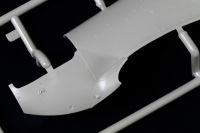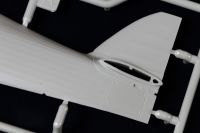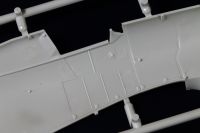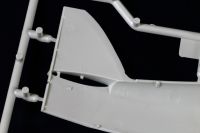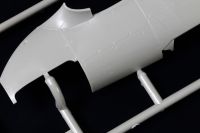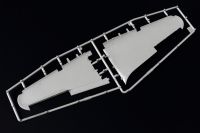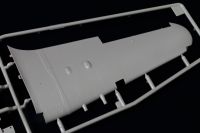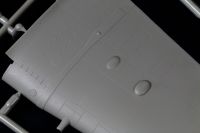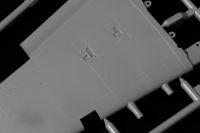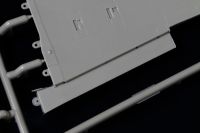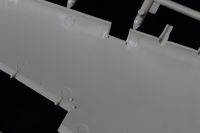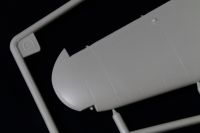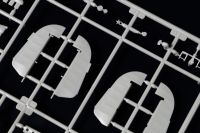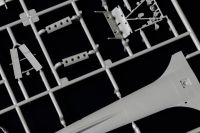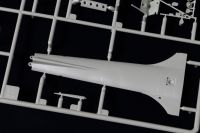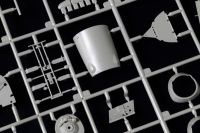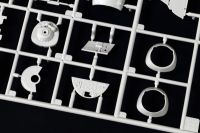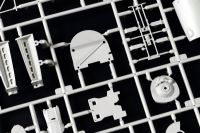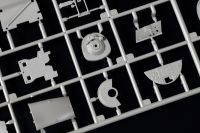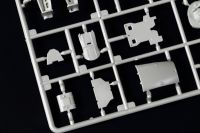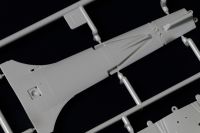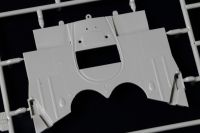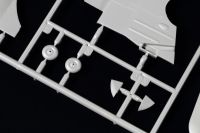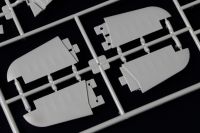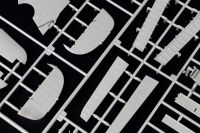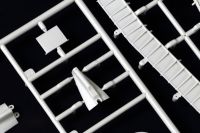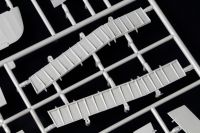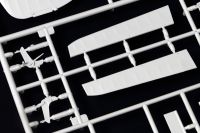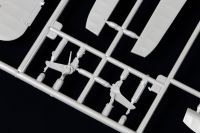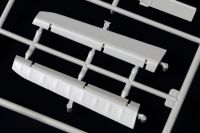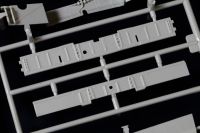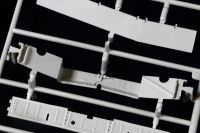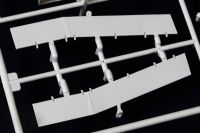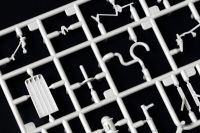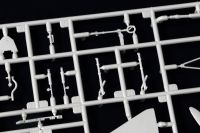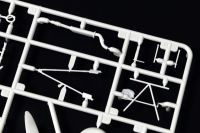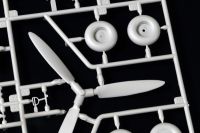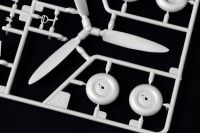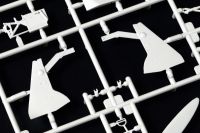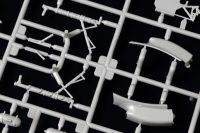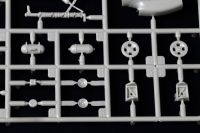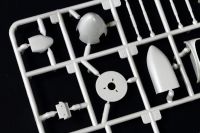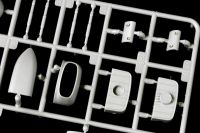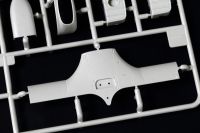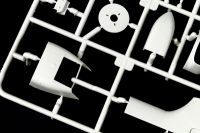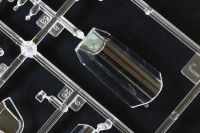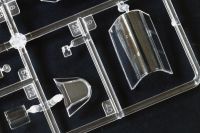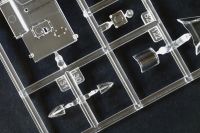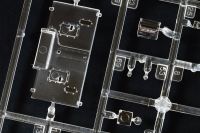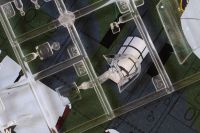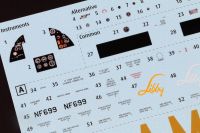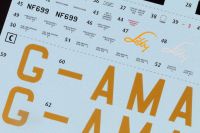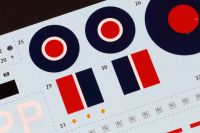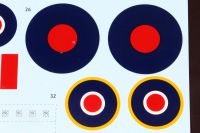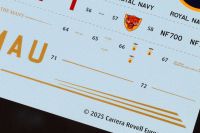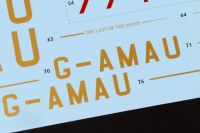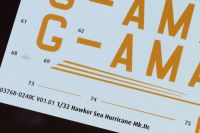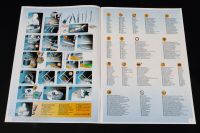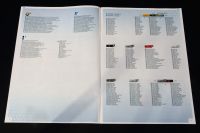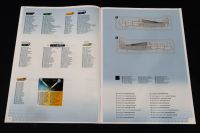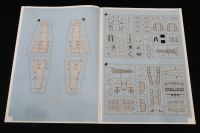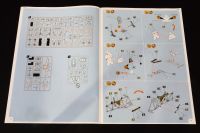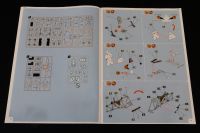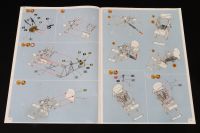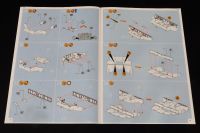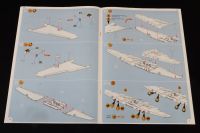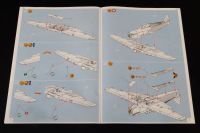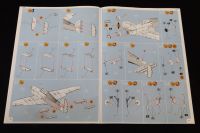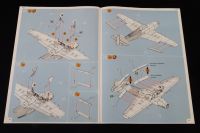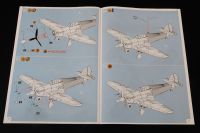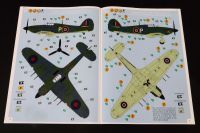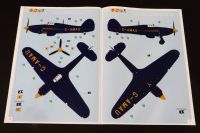Revell | 03768 Hawker Sea Hurricane Mk.IIC
Reviewed by Iain Ogilvie
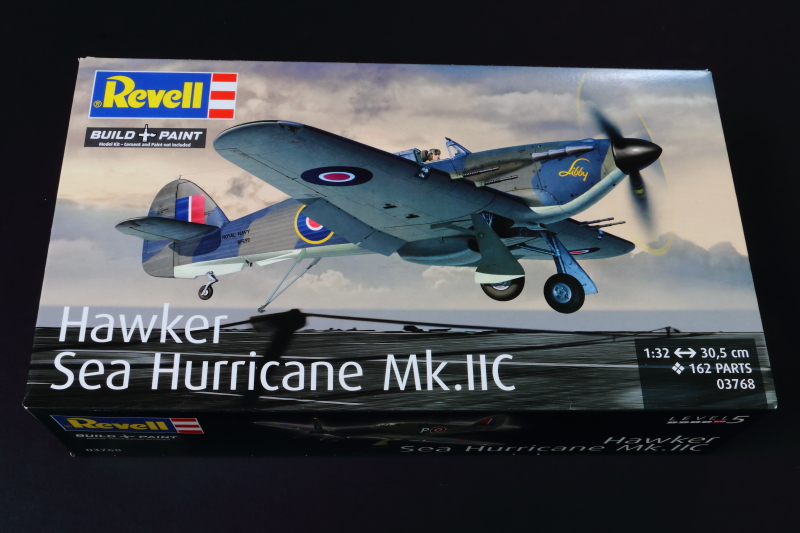
History
The Hawker Sea Hurricane Mk.IIC was a naval variant of the famous Hurricane fighter, adapted for service aboard escort carriers with a tailhook for carrier operations and armed with four 20mm cannons. Powered by a Rolls-Royce Merlin XX engine and featuring naval radio/IFF, it provided crucial convoy support in the Atlantic and Mediterranean during World War II. The Mk.IIC version, which served from late 1942 through 1944, proved effective against German reconnaissance aircraft and participated in operations like Operation Torch and the convoy support missions to Malta.
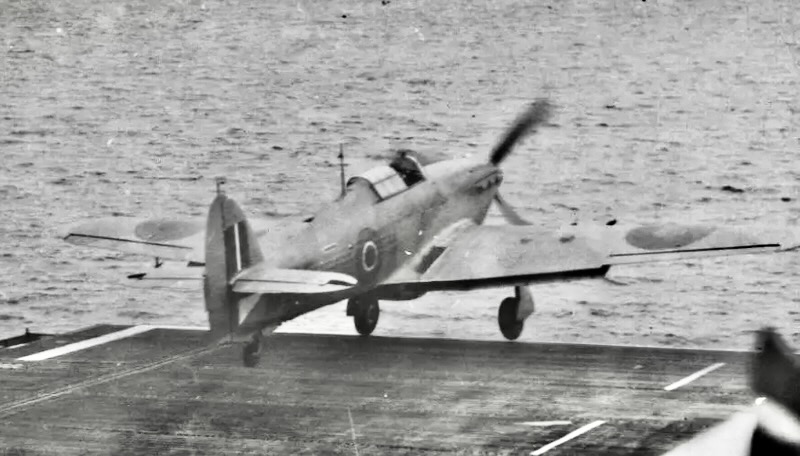
Naval Adaptation: It was a converted Hurricane Mk.II, equipped with an arrestor hook, naval radio, and other modifications to operate from carriers. It was armed with four 20mm Hispano cannons, a significant upgrade over earlier machine-gun-armed variants, and powered by the Rolls-Royce Merlin XX engine. The Sea Hurricane IIC had a top speed of around 339 mph at high altitude and a service ceiling of over 32,400 feet.
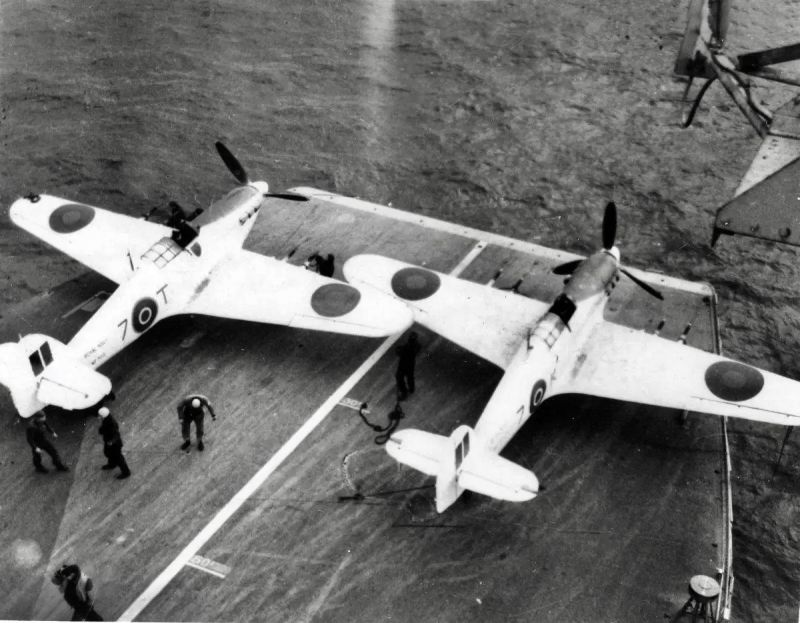
The Sea Hurricane Mk.IIC was primarily used to escort convoys, protecting them from U-boats and enemy aircraft. It played a role in the Battle of Malta and the Allied invasion of North Africa during Operation Torch in late 1942 and was particularly effective against the long-range reconnaissance aircraft used by the Germans.

Sea Hurricanes were gradually replaced by American-built carrier aircraft like the Grumman Martlet (F4F Wildcat) and the Supermarine Seafire starting in 1943-1944. Whilst in operational service they formed a vital part of the Fleet Air Arm's early carrier operations, providing essential air cover for convoys and supporting major Allied operations during World War II.
The Kit
This kit is obviously a follow-on to the then newly tooled Hurricane Mk.IIB kit that was released in 2022.
Firstly - the packaging! One of the often repeated bug-bears with Revell kits is the rather flimsy end opening boxes - with this kit we have a departure towards a top opening/hinged box that feels rather more substantial than we've seen previously. As well as being more useful whilst building the kit, it should last better as well!
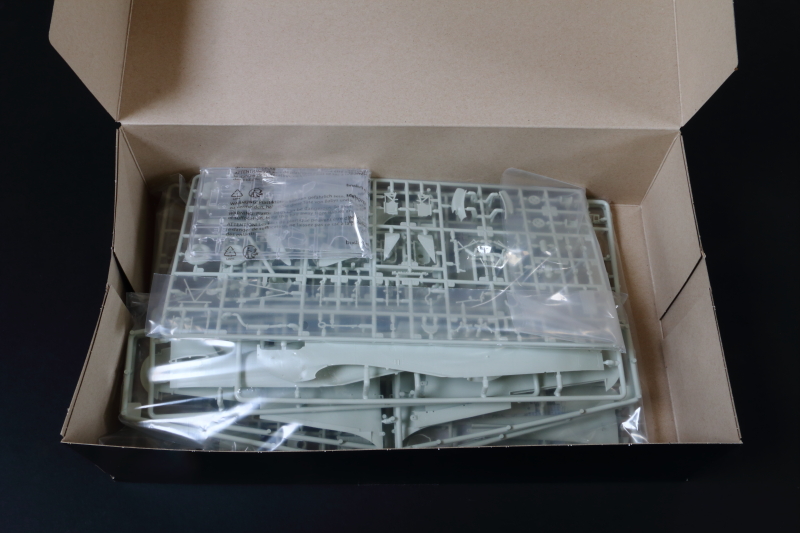
Sprue 'A' - Port Fuselage Half
This is nicely done - the shapes look excellent and there's some lovely surface detail. Some will bemoan the lack of rivet detail, whilst others will welcome the smooth surfaces. To my mind the most important thing is the accuracy of shape - and I believe these kits deliver on that. An area missed on the majority of Hurricane kits over the years is the fuselage around the canopy area - and it looks beautifully rendered here. There are a few ejector pin marks that could do with tidying up on the inside of the cockpit - but nothing major.
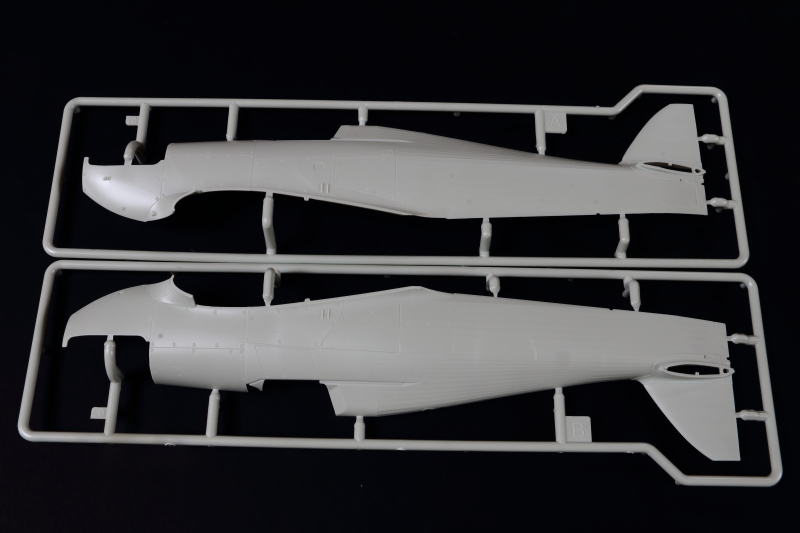

Sprue 'B' - Starboard Fuselage Half
The same comments apply, as above.
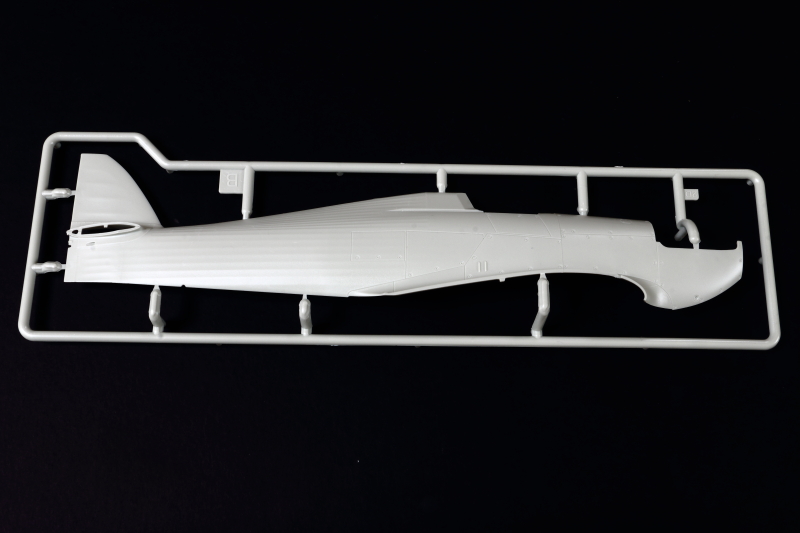
Sprue 'C' - Port Wing
This makes a break from the initial Hurricane IIB kit from Revell and is new, representing the Canon armed Hurricane IIC wing.
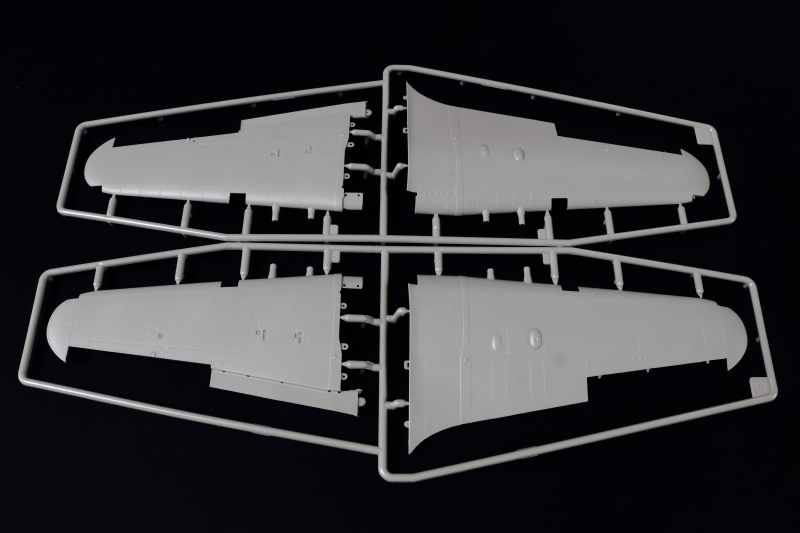
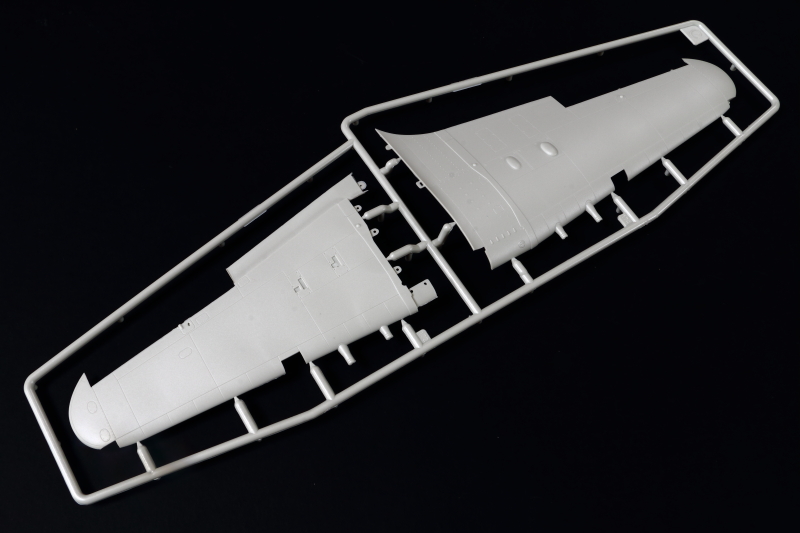
Sprue 'D' - Starboard Wing
Not a lot to add really, as above.

Sprue 'E'
Some nicely detailed parts - with optional exhaust shrouds and cowl fronts. The kit includes the standard rear lower fuselage insert - as well as the 'hooked' section on Sprue 'F' below - so you have options beyond the 'Sea' Hurricane with this boxing.
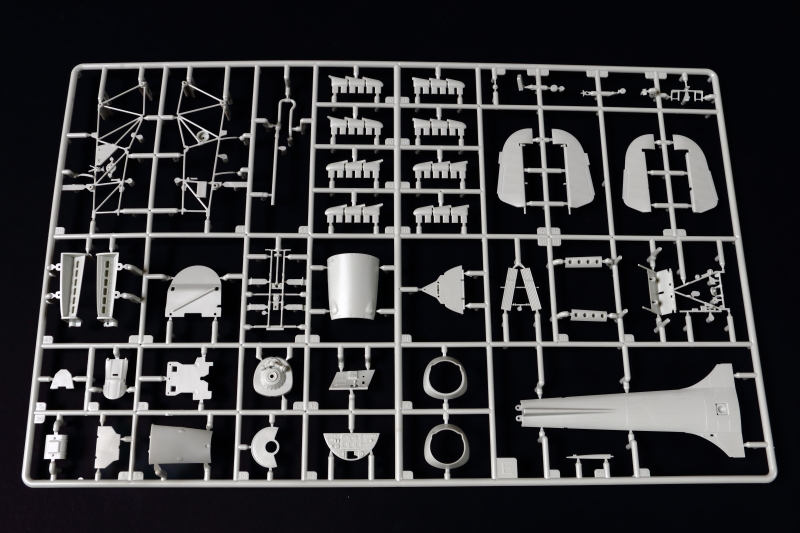
Sprue 'F'
Mainly control surfaces and wing spars - with some nice surface detail.

Sprue 'G'
Again, nicely done - and a Vokes filter which adds to the flexibility in the kit.
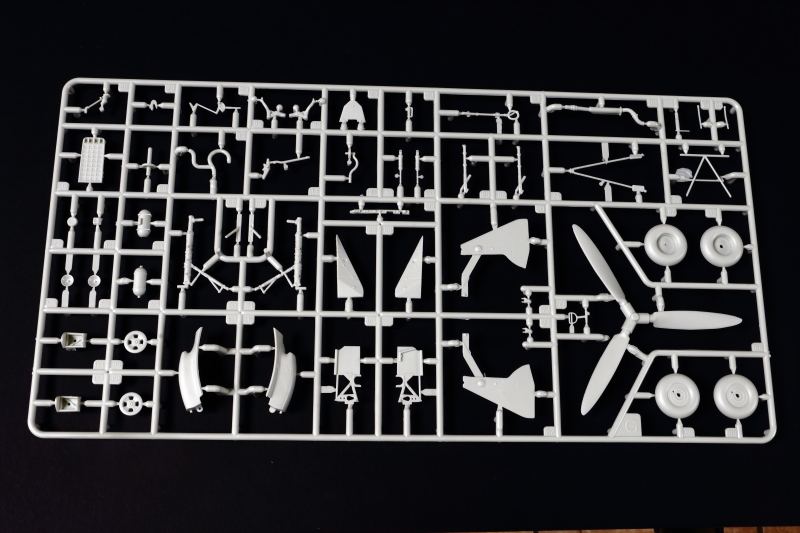
Sprue 'I'
Another nice set of parts - the detail in the radiator section in particularly nice!

Sprue 'J' Transparencies
This includes the option of closed (single piece) and open, correctly shaped, canopies, along with a selection of other components. The canopy parts are superbly thin, clear and free of distortion.
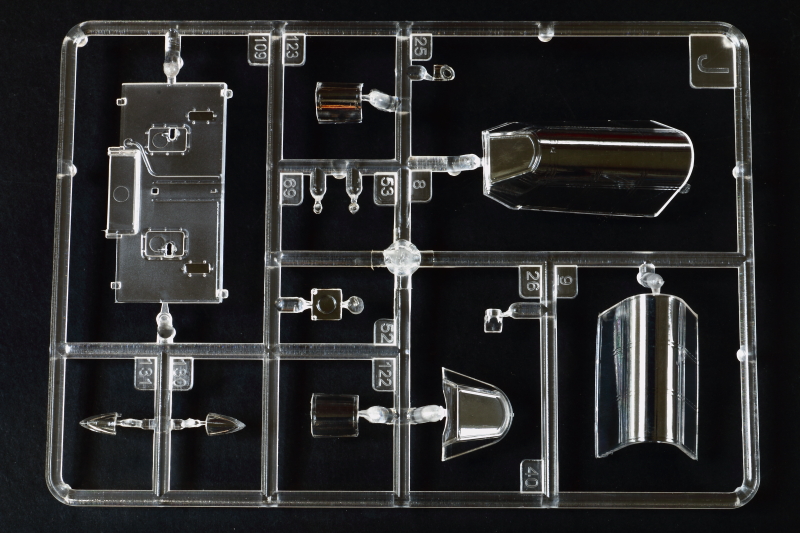
Decals
A single sheet of decals is provided, printed on a blue background. They include markings for the three options, full stencils and a quite nice set of instrument panel decals. Colours look good - including the gold of the civilian version - and the decals appear thin and opaque.
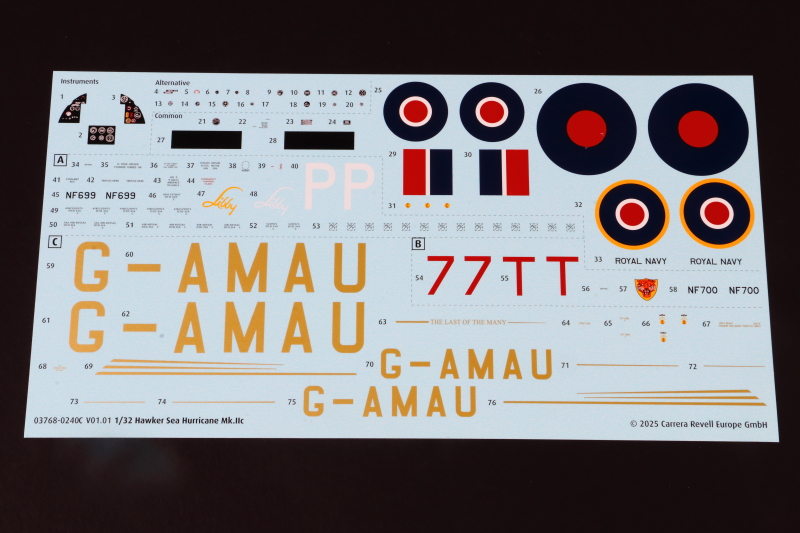
Markings are provided for 3 options - 2 wartime Royal Navy machines, and a post war Hurricane IIC in civilian markings:
- Hawker Sea Hurricane Mk.IIC NF699 'Libby' of 824 Naval Air Squadron, Royal Navy, aboard HMS Ravager in 1943 - in Dark Slate Grey, Extra Dark Sea Grey and Sky.
- Hawker Sea Hurricane Mk.IIC NF700 of 835 Naval Air Squadron, Royal Navy, aboard HMS Nairana in 1944 - in Dark Slate Grey, Extra Dark Sea Grey and White. Note the transposed aircraft serials - see photo of NF700 above.
- Hawker Hurricane Mk.IIC G-AMAU 'The Last of the Many' as seen at the Royal Aeronautical Society Garden Party, White Waltham in 1950 - sporting an overall Oxford Blue scheme with Gold markings and spinner. This version requires removal of the cannon stubs on the wing leading edges and filling the resulting holes - all covered in the kit instructions.
Instructions
The kit includes a clear and comprehensive instruction sheet that looks straightforward to follow - providing you take note of the relevant parts needed and holes drilled. Colour schemes are well illustrated - with the caveat that the starboard fuselage markings on the second scheme, NF700, have been reversed - see the photo of the real airframe towards the top of this review. The civilian version requires removal of the cannon stubs on the wing leading edges, and filling the resulting holes - this is all covered in the kit instructions.
Colour call outs refer to Revell colours.

Conclusion
This is a really nice kit - and opening the box at a recent model show *made* me go and buy the earlier Hurricane IIB release very shortly afterwards. Yes, there's a tiny amount of flash in some places, and some annoying ejector pin marks - but I think it stands up well overall.
The airframe shapes look excellent and there's some lovely detail included for the price. The icing on the cake is the optional parts included in the kit, so it's more flexible than the 'Sea Hurricane IIC' title might suggest - you appear to be able to build a tropical Hurricane IIC with Volks filter using this kit and aftermarket decals. The only thing missing is under-wing stores such as bombs, rockets and tanks, but I hope that will be rectified in another, future, boxing.
I like the approach with this kit and it represents excellent value in my book - I'd recommend to Hurricane fans everywhere...
Review courtesy of my wallet.
© Iain Ogilvie 2025
This review was published on Sunday, September 07 2025; Last modified on Monday, September 08 2025

